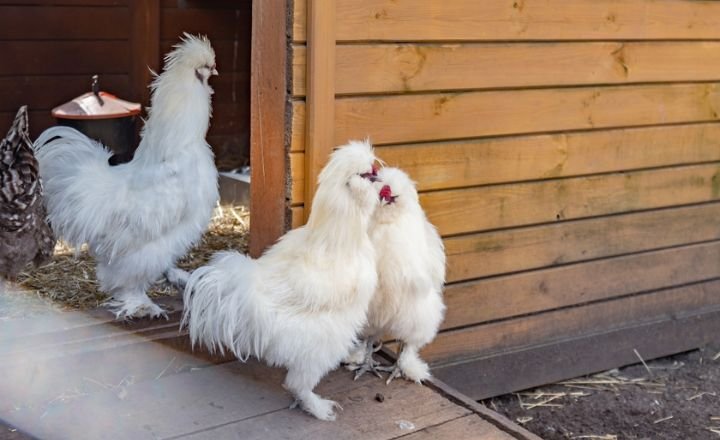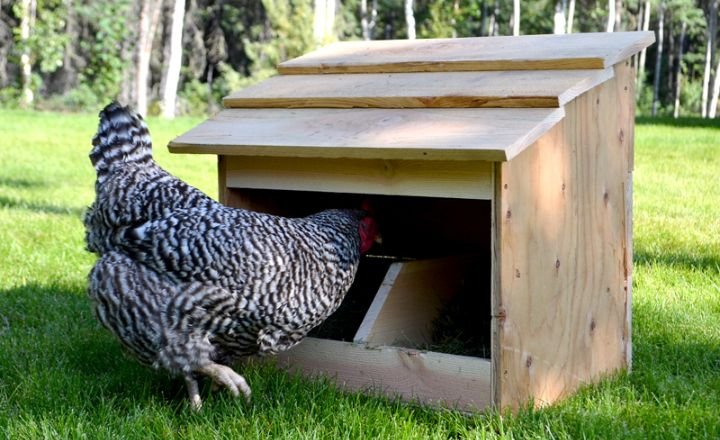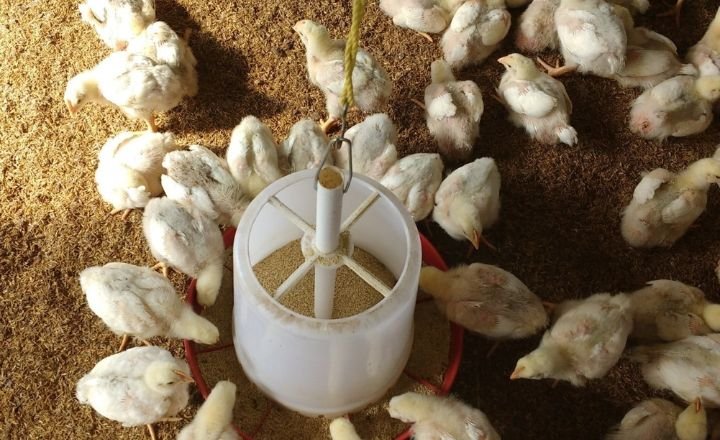Poultry, one stunning creature stands out with its majestic appearance and unique characteristics , history of Silkie Rooster a fluffy plumage resembling soft silk, this breed captivates anyone who lays eyes on it.
But don’t be fooled by its delicate appearance, for beneath those silky feathers lies a bold and fearless nature that commands attention.
Originating from ancient China, the Silkie Rooster has long been revered for its striking black skin, blue earlobes, and five toes instead of the usual four. Its distinct features have made it a popular choice among chicken enthusiasts looking to add a touch of exotic elegance to their flocks.
History of Silkie Rooster
The Silkies’ unique appearance, with their fluffy feathers and dark blue flesh, continues to capture the interest of people worldwide. Their unusual characteristics quickly set them apart from other chicken breeds, sparking curiosity and fascination among those who encountered them.
This distinctiveness has made Silkies not only stand out in the poultry world but also earn a special place in the hearts of many enthusiasts.The oldest Chinese Heritage chicken breeds, Silkies remain relatively rare compared to more mainstream poultry varieties.
The mystery and charm surrounding these striking birds add to their appeal, drawing attention to their ancient origins and cultural significance.
Silkie Rooster Appearance and Breed Standard
Silkie roosters, with their unique features like the oval-shaped turquoise blue earlobes and fluffy plumages, certainly stand out in the world of chicken breeds. The addition of an extra toe, making it five in total, adds to their quirky charm.

These roosters’ grey legs and dark-coloured facial features give them a mysterious and regal appearance that demands attention. The short but broad beaks of Silkie roosters may hint at their adaptability in foraging for food.
Their black eyes, skin, and bones contribute to a striking contrast against their fluffy white feathers.
Common Names
The Rooster, with its unique appearance and fluffy plumage, goes by a multitude of names reflecting the various characteristics that make it stand out. From being affectionately called fluff balls by English keepers to the more descriptive bearded Silkie highlighting its facial feature, each nickname adds a layer to the breed’s charm.
Its diminutive size has earned it titles like Bantam Silkie and miniature chicken, capturing its dainty and delicate demeanour
Lifespan
Silkie chickens truly unique is not only their standout qualities but also their ability to thrive under both ordinary and extraordinary care. Despite possessing distinctive features like their fluffy plumage and calm demeanour, Silkies tend to live a lifespan similar to that of other chicken breeds.
With proper care, these birds can often reach up to five to eight years in age, showcasing the resilience inherent in their genetic makeup.
Cost
Silkies are not your average backyard chicken; they are a true luxury breed that commands a premium price tag. A fluffy feathering, docile temperament, and striking appearance, it’s no wonder why silkies can cost anywhere from $20 to $120 per bird.
But what sets them apart from other breeds is not just their price, but their unique blend of beauty and charm.
Uses
Silkie chickens are indeed cherished for their dual-purpose qualities in the poultry world. While they are primarily known for their unique appearance and fluffy feathers, these birds also play a crucial role in egg production.
Silkie hens are hailed for their ability to lay a substantial number of eggs throughout the year, making them a popular choice among backyard chicken owners and commercial breeders alike.
Prominent features of Silkie Rooster
The black-pigmented skin of Silkies is not just a cosmetic trait but serves a functional purpose as well. It helps them endure extreme weather conditions and protects them from harmful UV radiation.
This distinctive feature has evolved over centuries, making Silkies resilient and adaptable to different environments. Their unique earlobes also play a crucial role in regulating body temperature, allowing them to stay cool in hot climates and warm in cold weather.
Height
These miniature chickens, known for their petite size, may surprise many with their big personalities. Despite being small in stature, they are full of character and charm.
Their diminutive size makes them perfect for smaller living spaces or urban environments where larger breeds may not thrive.
Weight
Their diminutive size, these tiny creatures pack a lot of personality and charm. Their petite stature allows them to adapt easily to various living environments, making them popular choices for both city dwellers and country folk alike.
A proper attention and care, these small beings can exceed the typical weight limit of four pounds, showcasing resilience and vitality in their development.
Temperament
Silkie roosters share a reputation for aggressiveness, but the truth is far more nuanced. While many Silkies do exhibit feisty behaviour, there are exceptions to this stereotype.
Some Silkies display remarkable friendliness and a calm demeanour, challenging the notion that all birds of this breed bear perpetual grudges against humans.
Raising and Caring for a Silkie Rooster
Silkie roosters may have a unique appearance with their fluffy feathers and docile nature, but don’t let their charming looks fool you. These chickens are actually quite low-maintenance compared to other breeds. Their hardy nature means they rarely get sick, reducing the need for constant monitoring and veterinary care.
With proper access to food and water, Silkies can thrive in a backyard setting without needing excessive pampering.
Chicken coop
Creating a suitable living space for your rooster is essential for their well-being and happiness. Bedding to Use in Your Chicken Coop Roosters require enough space to roam around freely, a small house with plenty of room is crucial. This space should be secure, protecting them from predators and the elements.
Bedding
A cosy chicken coop filled with fluffy bedding, providing warmth and comfort to your feathered friends during the cold winter months. While it may seem like a simple , the right bedding can make all the difference in keeping your chickens healthy and happy.
Absorbing moisture to provide insulation, the choice of materials for bedding plays a crucial role in their well-being.
Feeding and Watering Pots
When it comes to keeping chickens, having easily cleanable feeding and watering pots is essential for their well-being. Opting for purpose-built containers designed specifically for chickens ensures easy maintenance and cleanliness, while also preventing contamination from dirt or droppings.
Providing dedicated feeding and watering pots, you not only ensure the health of your flock but also make your daily chicken care routine much more manageable.
Nesting box
Nesting boxes are essential for ensuring the comfort and well-being of your Silkie rooster when raised as a pet.Providing a cosy nesting box within the coop, you create a sense of security and privacy for your feathered friend to lay eggs or simply rest peacefully.

Silkie roosters, known for their gentle nature, thrive in environments that cater to their natural instincts.
How to Care for a Silkie Rooster
Caring for a Silkie rooster may seem daunting at first, but in reality, they are just as low-maintenance as regular chickens. Their quirky appearance and friendly demeanour, Silkies make wonderful additions to any flock.
Providing them with high-quality food ensures they stay healthy and happy, while access to clean water is essential for their well-being.
Provide a Safe Environment
Ensuring the safety of your rooster from predator attacks should be a top priority for any poultry keeper. Their fluffy feathers may impair their vision, making it challenging for them to spot potential threats.
Roosters are not known for being great escapists, so it falls on you to create a secure environment that keeps predators at bay. Implementing sturdy fencing, secure coops with latched entrances, and regular checks around the perimeter can significantly decrease the risk of attacks.
Feeding and Watering
Silkie roosters, with their adorable fluff and friendly nature, are not only aesthetically pleasing but also have specific dietary needs that contribute to their overall well-being.
They may seem content pecking at table scraps and foraging for seeds and bugs, it’s essential to ensure they receive a balanced diet to thrive.

Incorporating a variety of foods like fruits, vegetables, bread, rice, and fish can provide essential nutrients for these unique birds.
Ventilation and Heat lamps
As the scorching summer sun beats down and the winter chill sets in, birds in coops face life-threatening conditions. Ventilation systems and heat lamps come to their rescue, providing a lifeline during extreme temperatures.
The heat lamps not only keep these birds warm but also prevent their drinking water from freezing, ensuring they stay hydrated during harsh winters.
Silkie Roosters Facts
Silkie roosters are often misunderstood due to their unique appearance and gentle demeanour. Contrary to popular belief, these miniature chickens are not purely ornamental pets but also possess good survival instincts and can be efficient protectors of their flock.
They may not be as loud or aggressive as other rooster breeds, Silkies still exhibit dominance behaviour and will assert their authority when needed.
Silkie Chickens can be Bearded or Non-bearded
Silkie chickens, the presence or absence of a beard should not be the sole factor in determining their beauty or value. Bearded and non-bearded Silkies possess unique characteristics that make them special in their own right.
The feather-like muffs of bearded Silkies may add a touch of elegance, but the distinct appearance of non-bearded Silkies with their prominent earlobes and wattles is equally captivating.
A rooster may dent your savings initially, providing these birds with basic chicken food and a healthy environment ensures they lead a fulfilling life spanning four to eight years.
Silkie Roosters are Slow Maturing Birds
This slower maturation process of Silkie chickens often surprises new chicken owners who are used to faster-growing breeds. Extended timeline allows for a more gradual development of the bird, resulting in a stronger immune system and overall health.
A treating young Silkies with the same care as younger regular chicks, keepers are able to provide the necessary support and attention these delicate birds require during their early stages of life.
A DNA Determines the Sex of a Silkie Chick
A some experienced keepers may be able to make an educated guess about the sex of a silkie chick based on physical characteristics such as the size of their comb, wattle, and crest feathers, these methods are not always reliable.
Inexperienced poultry enthusiasts may find it challenging to accurately determine the gender without resorting to a DNA test. The research conducted by Oxford Academics emphasises the importance of relying on scientifically verified methods for identifying the sex of silkie chicks.
Silkie Rooster’s Meat has Healing Properties
Silkie chickens have long been revered not only for their unique appearance but also for their perceived healing properties. While scientific evidence may be lacking, the tradition of feeding Silkie meat to pregnant women and new mothers in China has endured for generations.
The belief in its ability to prepare the body for delivery and aid in postpartum recovery highlights a cultural connection to food as medicine.
Summary
The Silkie Rooster is a unique and fascinating breed of chicken that has captured the hearts of poultry enthusiasts worldwide. Iits distinct fluffy feathers, friendly disposition, and broody nature, the Silkie Rooster makes for a wonderful addition to any backyard flock.
They may not be the best choice for egg production or meat purposes, their ornamental value and charming personality more than make up for it. A beginner or experienced chicken keeper, consider adding a Silkie Rooster to your flock for a touch of whimsy and joy in your daily life.
FAQs
Do Silkie Roosters need special care?
Silkie roosters do require some special care compared to other breeds of chickens. Due to their unique fluffy feathers, Silkies are more susceptible to getting dirty and may need regular grooming to prevent matting.
Can Silkie Roosters be kept with other chickens?
Silkie roosters can generally be kept with other chickens, but it’s important to consider the personality of the individual rooster and the dynamics of the flock. Silkies are known for their gentle and docile nature, which can make them good companions for other chickens.
Are Silkie Roosters good at protecting the flock?
Silkie roosters are not typically known for their protective instincts. They are more commonly valued for their gentle and docile nature, making them great companions in a backyard flock.
